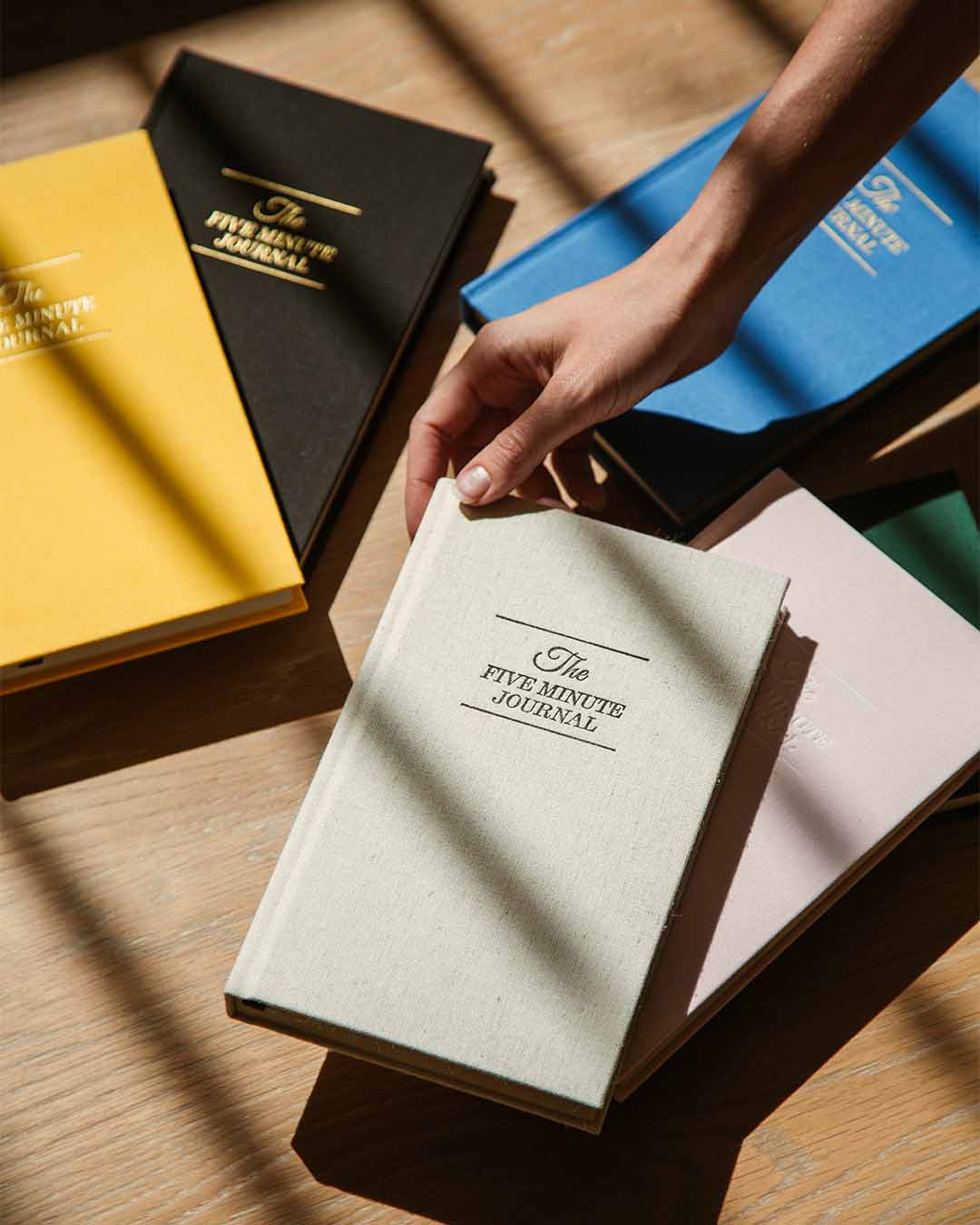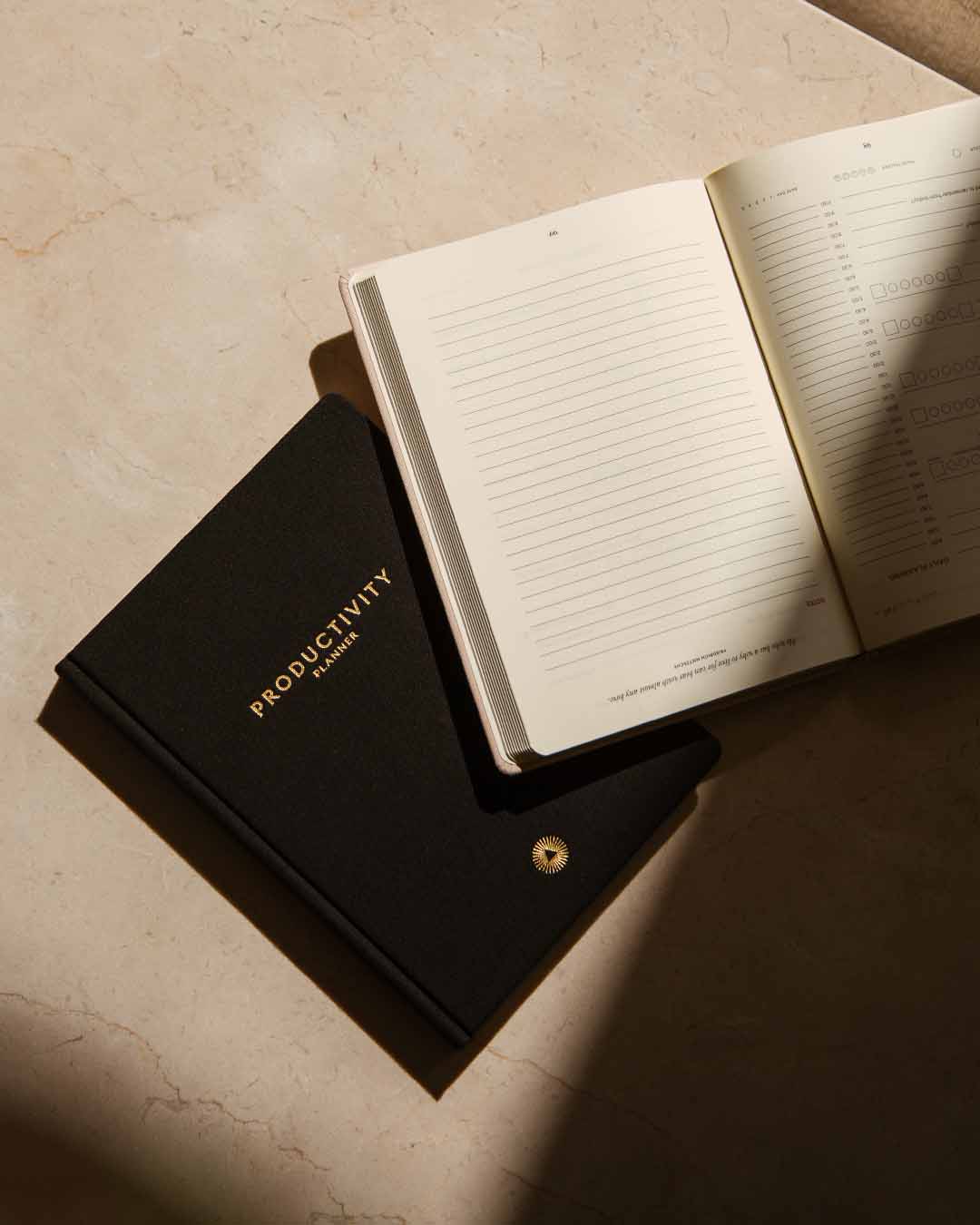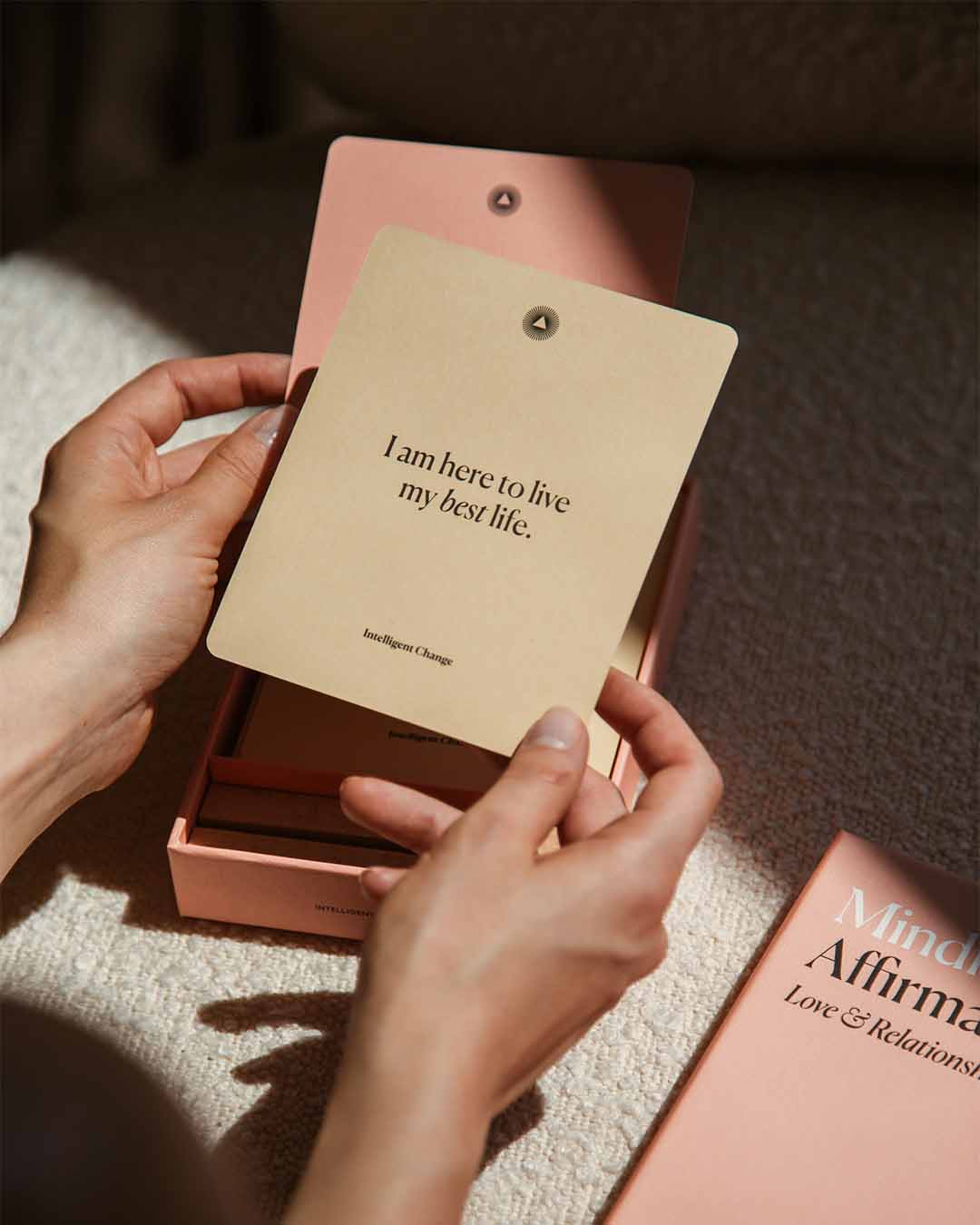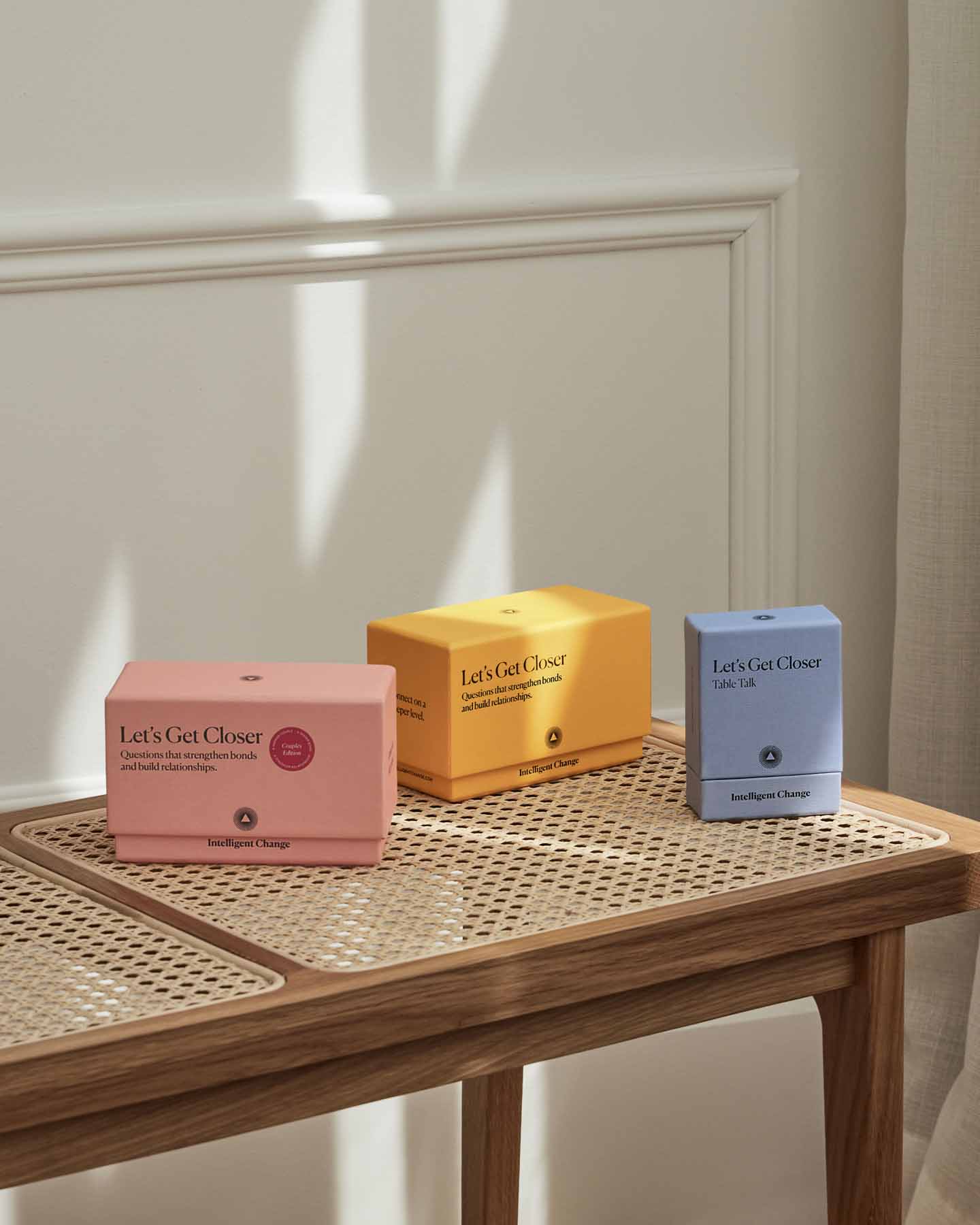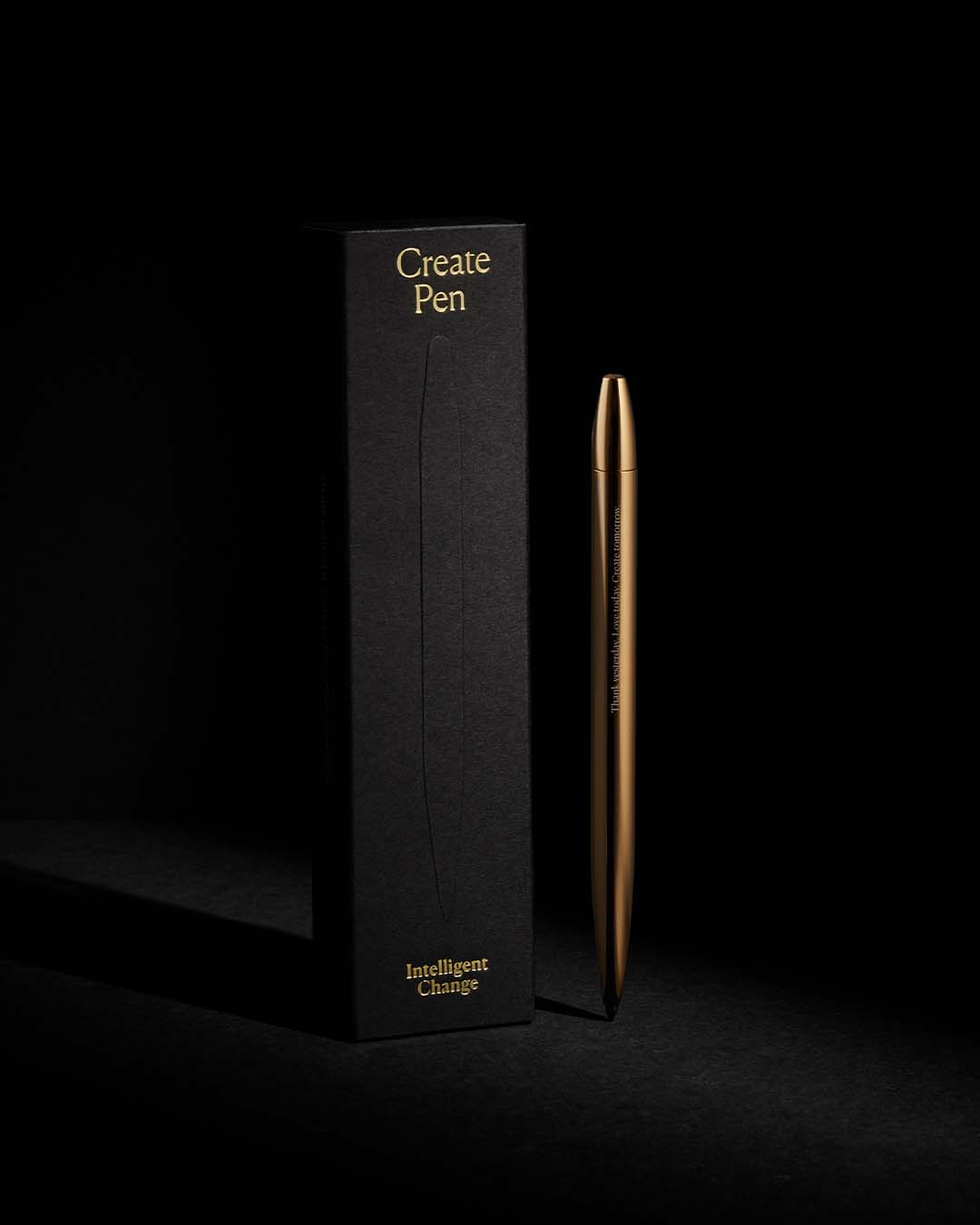The Liberated Mind: Cultivating Mental and Emotional Freedom
by Kinga Lewandowska
Once upon a time, in a kingdom far, far away, a princess was trapped in a castle on a hill. Heartbroken and distressed, locked in the highest chamber of the highest tower, she longingly gazed at the freedom beyond the heavy castle walls. Until one day, tired of waiting for Prince Charming to save her, she took matters into her own hands.
It’s a tale as old as time, that of a damsel in distress. Of course, these days, castles serve as museums and we have much more agency over our lives. The proverbial knight in shining armor is now a friendly therapist who helps us pick the lock of our oppression so we can happily-ever-after waltz out of it into the sunset.
So it’s all well and good. But here’s a loaded question for us all: What does it mean to be free?
More often than not, freedom is a concept that is rather felt than understood. We can describe it as the state of being unrestricted or unaffected by anything undesirable, as having the power to do, speak, think, or choose whatever we want, whenever, however, and any other ever, without being limited or controlled. But still, all that remains highly subjective.
What liberates or constrains us looks vastly different from person to person. Political and socio-economic climates, religious dogmas, childhood traumas, and social conditioning are only a few examples of the shackles that might bind us. We then have the layer of our personality traits, individual needs, and attitudes that might also stand between us and our emancipation. Various external and internal factors coerce us into realities we would prefer to change.
So we can discuss freedom through and through, and yet we know it when we feel it.
The castle towers that confine us have been built with bricks of our very personal circumstances and by different hands, sometimes our own. No two towers are the same, yet there might be a universally effective exit strategy. So, are you ready to rescue your inner damsel in distress?
Help yourself
There is a phenomenon described in psychology as learned helplessness. It occurs when someone repeatedly encounters an adverse, uncontrollable situation and eventually stops to try and alter their circumstances, even when faced with the possibility to do so.
Learned helplessness was conceptualized by American psychologist Martin Seligman in the 1970s. During his research on classical conditioning, he experimented on dogs. One group was placed in a chamber and received electric shocks with no option to escape, while the other group could press a panel with their nose to get out. When both groups were placed in a box with a partition they could jump over to evade the shocks, only the dogs that had learned to escape in the previous phase jumped. The other dogs failed to even try.
The study was replicated on humans and yielded similar results. Participants were exposed to loud, unpleasant noises and could use a lever to try to stop them. The group whose lever didn’t stop the sounds in the first phase gave up trying to silence them in the following phase.
It sounds ridiculous because reading all this, we know those animals and people could escape. But they don't know that. In life, we could be conditioned into powerlessness. But anything that’s learned can be unlearned. The perceived lack of control in learned helplessness is only as real as we believe it to be. So we need to assume the opposite.
The first step in dismantling the tower that holds you prisoner is the awareness that you are, in fact, trapped in one. Take some time to identify any negative thought patterns and limiting beliefs that might be holding you in your cell. Observe your behavior closely, analyze your thinking carefully, and actively challenge your ideas. We would recommend keeping a written record of anything that might be of use in reconditioning yourself into freedom.
Learned helplessness is no joke as it might lead to persistent worrying and anxiety, and potentially even to depression. But here’s the good news: we can rewire our brains. According to Martin Seligman, as with helplessness, optimism can also be learned. With cognitive restructuring, we can see the outline of whatever is distorting our perception of reality and subsequently reframe that oppressor into a positive belief.
Here’s something to help you visualize the process—The ABC model:
A stands for: Antecedents/AdversityIt’s an event that elicits a reaction. For example, you’re arguing with a friend.
B stands for: Beliefs/BehaviorYou think to yourself, “Wow, I am such a terrible friend.”
C stands for: ConsequencesYou don’t try to resolve the conflict with your friend because you don't believe you can change who you are.
Everything we think and do has consequences of some kind. Martin Seligman argues that how you get from A to B is where you need to be mindful of your patterns. The glass-half-full attitude is your escape route, the kind of force that will demolish the tower. Here are two bonus letters from the extended ABC model:
D: DisputationIf your belief causes undesired consequences, dispute that belief and reframe it into positive thinking. For example, “We’ve been friends for over 20 years, surely she knows I only want what’s best for her”.
E: New EffectCan you already feel the tension in you easing a bit? Does your new belief calm you down so you can also approach the argument more constructively?
Now all that’s left to do is keep reinforcing the positive belief. How can you do that? We recommend affirmations—positive statements to reiterate as often as possible to internalize your new effect (as in, point E from the above model). Repeat after us: I am a loyal and supportive friend, always coming from a place of love and understanding. Conflict is a lesson. You get the gist.
Freedom lies on the other side of discomfort. When you’re in the tower, you are in pain anyway. Question your reality often, otherwise, you risk getting stuck without even realizing it. With a little bit of insight, a little bit of effort, and a positive affirmation on your lips, you will find a way out. Persist and persevere.
Free as a bird
There are circumstances, events, or situations that are outside of our influence or ability to manage—for instance, we have no control over who our parents are, or when and where we are born. And we need to make peace with that. But for all our rebels and restless souls out there—you can decide what to do with what you’ve got and where to go from where you are.
All of us have very different thresholds for tolerating limits of any kind. Freedom-seekers are change-makers. When we are liberated, we can bend our individual realities to our will, subsequently pushing the boundaries of what’s possible for the world around us. We start marching to the beat of our own drum. We can unfollow the crowd and choose what matters most to us.
If you think about it, freedom is the closest we can get to flying. A bird let out from its cage, that is a beautiful feeling. Protect it, cultivate it. Here are a few ideas on how to do so:
Step 01
Declutter your life of things and people who weigh you down, and set solid boundaries.
Step 02
Clarify your values and specify your goals to determine what you want in life.
Step 03
Use your freedom to make braver decisions.
Step 04
Toughen up, flying high might require resilience.
Step 05
Find a mentor and get inspired by the stories of others, you don’t have to go it alone.
Step 06
Romanticize your life, romanticize your freedom, it’s all about the journey.
Step 07
Invest time in some form of escapism, fantasy, run wild with your imagination.
Step 08
Explore your surroundings, go somewhere new, stretch the lack of limits even further.
And remember that there is only one limit to your freedom: “Don't do unto others what you don't want done unto you.”
Declaration of independence
Freedom is our basic human right. The simplest indication of it is having a choice, and the most beautiful result of it is peace—both around you and within you. Freedom can be grasped intellectually, but the raw sensation of it hardly compares to anything else. Delight in it. Let it spread within you, relish it. Only when you’re free can you become who you truly are, whatever that means to you.
Be free. Be limitless. It’s time for your happily ever after.




